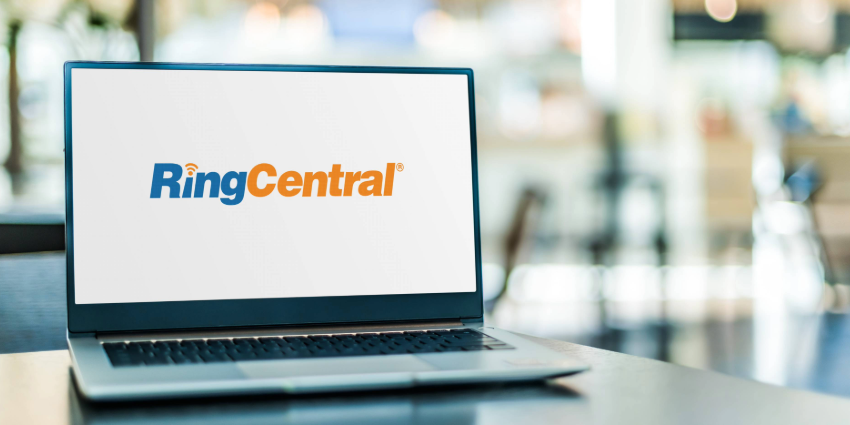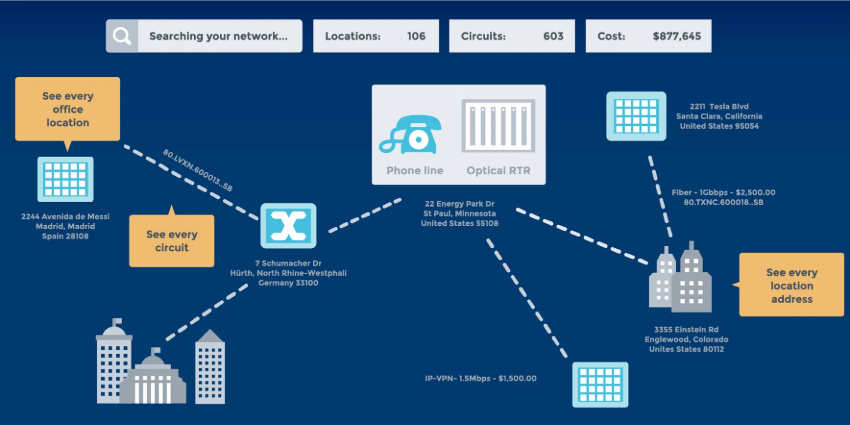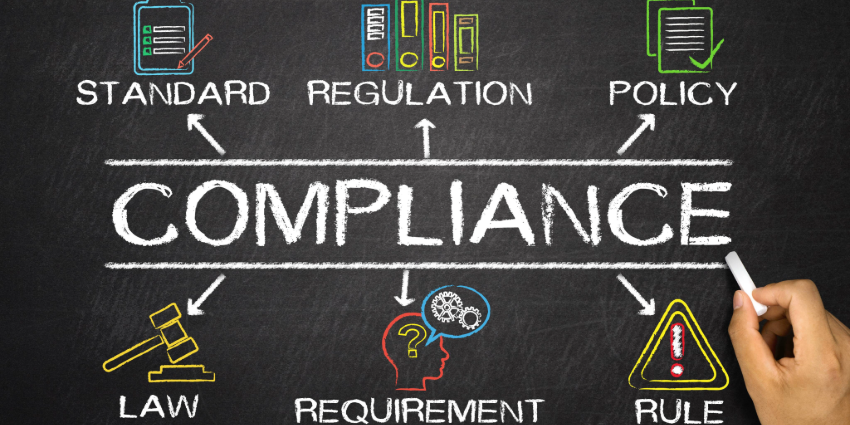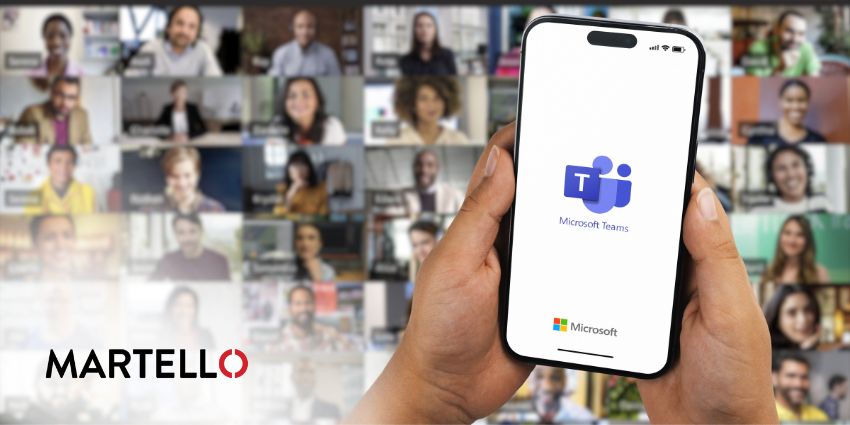Imagine under-pressure healthcare providers increasing the size of their workforce ten-fold with a few simple clicks.
Imagine in-demand specialist doctors being able to treat patients all over the country without leaving their office.
And imagine vital examinations and consultations taking place with patients and their families wherever is convenient.
In today’s smart, super-connected world, video technology has the power to help turn these most transformational of dreams into reality.
Not so much changing lives; more saving them.
Add the kind of financial return on investment that is rarely experienced in other sectors, and the benefits are truly compelling.
Around the world, systems of primary healthcare vary hugely: some purely private or insurance-based, some state-delivered at taxpayers’ expense and free at the point of delivery, others a mix of the two.
Conversely, most countries’ secondary healthcare activities – such as elective or cosmetic surgery, dentistry, physiotherapy, ophthalmology, podiatry, etc. – are wholly commercial enterprises.
For providers with the right technology partners, the opportunities are significant.
“The single biggest challenge for healthcare providers of all kinds in all countries is the same – they do not have sufficient staff to meet continually-rising demand,” says Mike Brandofino, President and COO of rapidly-growing telehealth disruptor Caregility, whose specialist video-based healthcare solution is a global game-changer.
“Technology is able to confront that challenge and deliver truly transformational outcomes which drive efficiencies and improve patient outcomes.
“The pandemic forced healthcare providers to quickly deploy whatever methods of virtual communication were out there in order to continue functioning whilst simultaneously preventing further spread of the virus.
“That emergency ad hoc deployment spawned permanent benefits that we are now able to embed for the long-term via a purpose-built platform which integrates seamlessly with clinical workflows, and which dramatically improves the patient experience.
“We see every day the huge impact it makes. It is the power of technology at its transformational best.”
Powered by partnership with video technology experts Pexip, Caregility’s feature-rich telehealth platform securely connects clinicians and managers to hospitals and clinics, and doctors and nurses to patients and their families – wherever they are and whenever they need to interact.
In the US alone, 10,000 hospital rooms are equipped with Caregility devices and a further 20,000 other devices are supported by its platform.
It has also recently been deployed in two Saudi Arabia health systems, supporting the claim that Caregility’s solution applies globally.
“During the pandemic, Microsoft Teams and the other virtual collaboration tools that exist were ‘good enough’,” says Brandofino.
“But they don’t integrate well with healthcare providers’ existing workflows and systems, and they don’t create a consistent user experience for patients.
“We are able to leverage customers’ investments in technology by integrating with the HER and developing workflows that integrate seamlessly with our platform. The result is a purpose-built, robust, dependable and secure professional-grade service which goes way beyond ‘good enough’.”
Practically, the platform delivers big in several specific ways.
‘Sitting’ – where patients at risk of harming themselves or falling must be observed round the clock by a trained caregiver on a 1:1 ratio – puts huge pressure on human resources and adds significant cost to a patient’s hospital stay.
Thanks to Caregility, a single caregiver is able to monitor up to 12 patients simultaneously via live two-way video from anywhere in the world; alerting local, hospital-based staff of any issues if and when they occur.
Where specialist doctors are in short supply, Caregility enables them to conduct consultations with multiple patients in multiple geographical locations and in multiple languages via single-click translation functionality.
The high-quality nature of the platform and its associated devices makes visual diagnosis of health conditions possible regardless of where the doctor and the patient are located.
And, in cases where patients request or need extra support, family members are able to join consultations via video, effectively putting everyone concerned in the same room.
“Increasing societal familiarity with communication via video means our customers don’t experience very much resistance from patients or clinicians,” says Brandofino.
“Wherever you look, there are huge benefits for all concerned.”
Tom Jones, Public Sector Lead at Pexip, says that, from a UK perspective, the NHS understands those benefits and is committed to a journey of ongoing digitisation.
“Whilst the NHS sees itself as a little bit different to other, often-commercial systems around the world, it accepts that it is best practice to look at how healthcare is delivered in other countries and in what ways,” he says.
“More and more clinicians are asking to work virtually because they see first-hand the benefits for themselves and, most importantly, for their patients.
“We are delighted to partner with Caregility and to provide the technological engine at the heart of their solution – one which we hope may soon be transforming healthcare for millions in the UK too.”
“Pexip’s expertise, flexibility and support is a crucial part of what we do,” says Brandofino.
“They do not feel like a vendor from whom we simply buy something. They feel like a genuine partner with the same vested interests in improving healthcare delivery as us.
“Together, I am certain we will continue to do that for millions more people around the world.”
To learn more about Pexip’s partnership with Caregility, click here.







